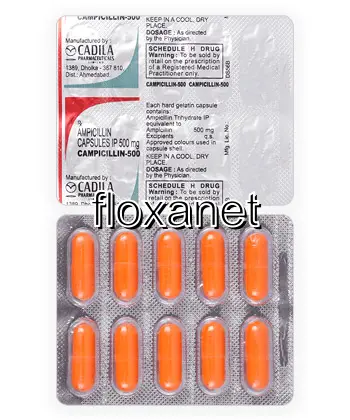| Package | Dosage | Price | Price per Dose | |
|---|---|---|---|---|
| Dosage: 250mg | ||||
| 360 pill | 250mg | AUD386.56 | AUD1.07 | |
| 180 pill | 250mg | AUD231.09 | AUD1.28 | |
| 90 pill | 250mg | AUD174.36 | AUD1.93 | |
| 60 pill | 250mg | AUD134.44 | AUD2.25 | |
| 30 pill | 250mg | AUD90.32 | AUD3.00 | |
| Dosage: 500mg | ||||
| 360 pill | 500mg | AUD424.38 | AUD1.18 | |
| 120 pill | 500mg | AUD212.18 | AUD1.76 | |
| 90 pill | 500mg | AUD193.27 | AUD2.14 | |
| 60 pill | 500mg | AUD153.35 | AUD2.56 | |
| 30 pill | 500mg | AUD94.52 | AUD3.15 | |

Ampicillin Description
What is Ampicillin?
Ampicillin is an antibiotic in the penicillin family. It targets a range of bacteria that have not developed resistance. It is available as capsules, a liquid suspension for oral use, and as an injectable solution for hospital settings. Online pharmacies often list Ampicillin as a generic option suitable for various infections.
How it works
Ampicillin acts by blocking the enzymes bacteria use to build their cell wall. Without a strong wall, bacteria lose their shape and integrity and die as they attempt to grow. The drug is most effective against organisms that are actively dividing. It is less active against bacteria that produce enzymes which break down the drug.
Common uses
Ampicillin treats many infections such as ear, throat, and sinus infections; urinary tract infections; certain forms of pneumonia; some skin infections; and specific types of meningitis when the causative organism is susceptible. It is not effective against viruses and should be used only for bacterial infections as advised by a clinician.
Taking Ampicillin
For mild infections you may take the oral capsule or suspension as prescribed. Doses vary by age, weight, and the infection. It is usually taken every 6 to 8 hours. Food does not greatly hinder absorption, but follow the label or your doctor’s instructions. Shake the suspension well before measuring a dose and use a proper measuring device. Finish the full course even if you feel better early on.
Side effects and risks
Most people tolerate Ampicillin well. Common side effects include stomach upset, vomiting, diarrhea, and a skin rash. Some individuals may have allergic reactions ranging from mild rashes to more serious responses. Seek prompt medical help for signs of a severe allergy, such as trouble breathing, swelling of the face or throat, or a sudden severe rash. Prolonged treatment can lead to overgrowth of non-susceptible organisms, including yeast infections or C. difficile colitis.
Warnings and interactions
Tell your clinician if you have ever had an allergy to penicillins or cephalosporins. Cross-sensitivity can occur. Kidney problems may require dose adjustments. Probenecid can raise Ampicillin levels in the body, and allopurinol can increase the risk of rash. Aspirin and certain other medicines may interact, so disclose all medicines you take, including supplements. Use during pregnancy or breastfeeding should be discussed with a healthcare professional.
When not to use
Ampicillin should not be used if you have a severe allergy to penicillins or cephalosporins, or if a clinician has advised against its use for a specific infection. It should be used with caution in people with certain kidney conditions, gastrointestinal disease, or a history of colitis. Do not use for viral infections such as the common cold or flu.
Storage and handling
Store capsules at room temperature away from moisture. Reconstituted suspension should be refrigerated and used within the time frame indicated by the product labeling. Keep Ampicillin out of reach of children and protect it from light unless the packaging specifies otherwise. Do not mix with other medicines unless instructed by a pharmacist or doctor.
Tips for customers
Finish the full course even if you feel better. Take each dose with a full glass of water and try to space doses evenly through the day. If you miss a dose, take it as soon as you remember, unless it is almost time for the next dose. Do not double the dose to catch up. Notify a pharmacist or clinician if you notice persistent diarrhea, severe abdominal pain, a fever, or signs of an allergic reaction.